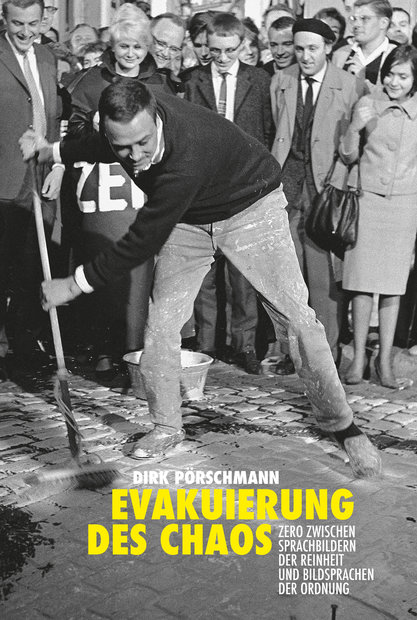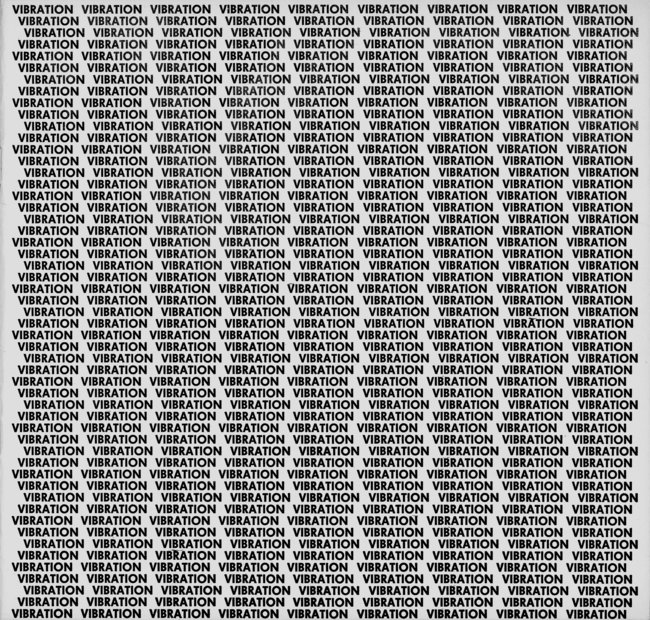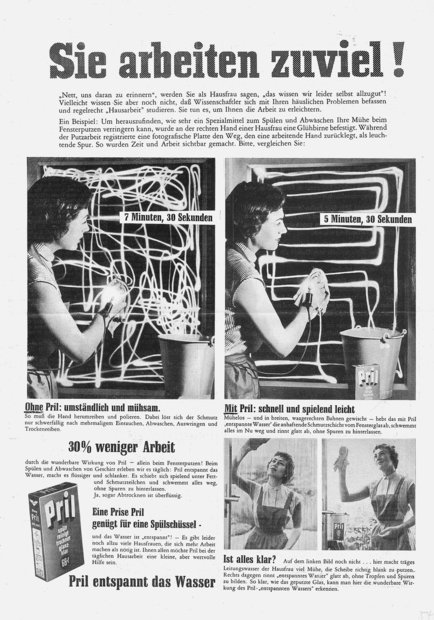

Günther Uecker, Performance „Weiße Zone Düsseldorf“, Photo: Manfred Tischer (© The Estate of Manfred Tischer)


Fly-title of the magazine „Zero“, Nr. 2, Jg. I (1958) (© ZERO foundation)


Advertisement „Pril“, Firma Henkel, Düsseldorf (1954) (© Henkel)
It is discomforting when artists of the 1950s and 60s use the metaphor of purity for their work after the excesses of purification by the National Socialists. Was there a collective blind-spot in the post-war years? The dissertation focuses on the international Zero movement which centers around Düsseldorf, Milan, Antwerp, Arnheim, Frankfurt a.M. and Bern. Based on artworks, interventions and proclamations of the most important protagonists (Heinz Mack, Otto Piene, Günther Uecker, Jan Schoonhoven, Yves Klein, Piero Manzoni amongst others) the backdrop which allowed purity to become a central aspect of their art is explained. In addition to the analysis of countless written sources of artists and art critics, the cultural-historical conditions and contingencies of the long fifty years are also discussed. The present analysis of the antagonistic attitude of the Zero artists towards the representatives of informal art creates a varied kaleidoscope of post-war European art.
Dirk Pörschmann (*1970) is an art historian with numerous publications on the Zero movement as well as contemporary art, director of the Central Institute and Museum of Sepulchral Culture in Kassel since January 1, 2018.
Tutors:
Wolfgang Ullrich, Walter Grasskamp
Published February 2018 at the bookstore/publisher Walther König, Köln, art theory library (vol. 55), ISBN 978-3-96098-294-4
E-Mail: ed.nnamhcsreopkrid(ta)liam
Web: briefeanfraublog.de